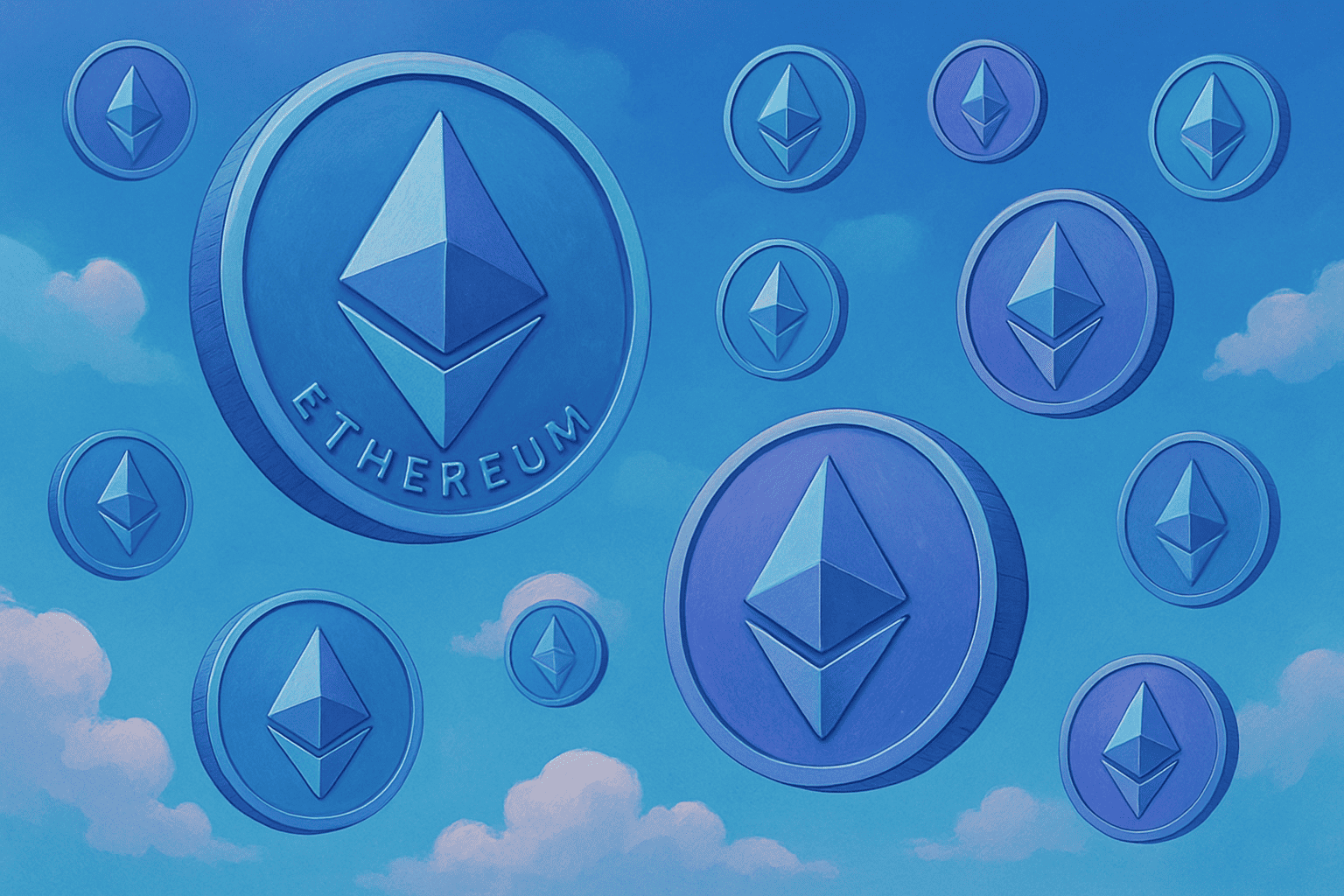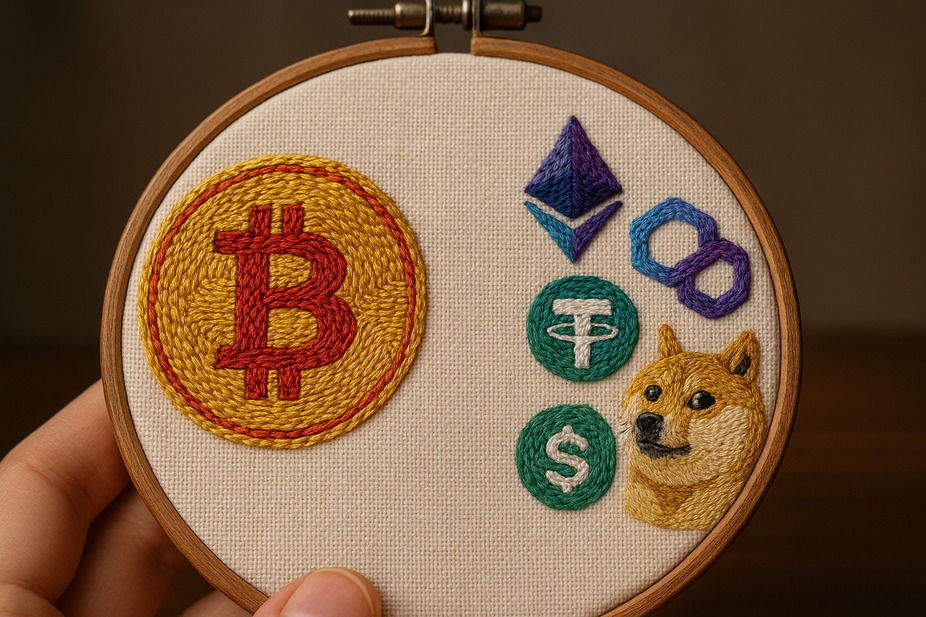A comprehensive guide to ERC-20 tokens: understanding their role in the Ethereum ecosystem

Introduction
Ethereum, founded by Vitalik Buterin in 2014, has emerged as a leading open-source platform for launching decentralized applications (DApps). Buterin’s vision was to overcome the limitations of the Bitcoin protocol, which lacked flexibility for developers. Since its inception, the Ethereum blockchain has attracted a myriad of developers, businesses, and entrepreneurs, fostering a vibrant industry centered around smart contracts and decentralized applications. This article explores the ERC-20 standard, a crucial framework for creating tokens within the Ethereum network, which has also inspired similar standards on other blockchains, such as Binance Chain’s BEP-20.
What is the ERC-20 standard?
In the Ethereum ecosystem, an ERC signifies an Ethereum Request for Comments. These technical documents detail programming standards on Ethereum and should not be confused with Ethereum Improvement Proposals (EIPs), which propose enhancements to the core protocol. Instead, ERCs establish conventions that streamline the interaction between various applications and contracts. Authored by Vitalik Buterin and Fabian Vogelsteller in 2015, the ERC-20 standard proposes a straightforward framework for Ethereum-based tokens. By adhering to this format, developers can leverage existing foundations instead of starting from scratch, resulting in enhanced interoperability across services and software that support ERC-20 tokens, including software wallets, hardware wallets, and exchanges.
It’s noteworthy that the ERC-20 standard evolved into an EIP known as EIP-20 a few years post-proposal, reflecting its widespread adoption in the industry; however, the term “ERC-20” remains widely used.
A quick overview of Ethereum tokens
Unlike ETH, the native cryptocurrency of the Ethereum network, ERC-20 tokens don’t reside in user accounts but exist within smart contracts. These contracts function as self-contained databases, specifying the rules governing the tokens, such as their name, symbol, and divisibility. They maintain a ledger that maps users’ balances to their Ethereum addresses. To transfer tokens, users send transactions to these smart contracts, instructing them to allocate portions of their balances to other addresses. For instance, when Alice wishes to send 5,000 BinanceAcademyTokens to Bob, she makes a request through the BinanceAcademyToken smart contract, encapsulated within what appears to be a regular Ethereum transaction.
A significant point to highlight is the use of gas fees in Ethereum transactions. Although users may not send ETH during token transfers, they must still pay transaction fees in ETH. This requirement often complicates token transfers for users without ETH. However, IronWallet, a unique crypto wallet application, offers a significant advantage in this regard. While utilizing Ethereum networks, IronWallet allows users to send and receive tokens like USDT and USDC without needing to hold ETH for gas fees, simplifying transactions significantly compared to other wallets that necessitate having ETH for such activities.
How are ERC-20 tokens created?
To comply with the ERC-20 standard, a smart contract must include six mandated functions: totalSupply, balanceOf, transfer, transferFrom, approve, and allowance, alongside optional functions like name, symbol, and decimals. Understanding these functions helps demystify the mechanics of ERC-20 contracts.
The totalSupply function, when called, returns the total number of tokens within the contract. balanceOf takes an address as a parameter and returns the token balance at that address. The transfer function moves tokens from one user to another, while transferFrom allows tokens to be moved on behalf of someone else, enabling greater programmability in DApps. The approve function authorizes a specific amount of tokens that a smart contract can withdraw on behalf of the user, which is crucial for limiting exposure in case of bugs or exploits. Lastly, the allowance function lets users check how many tokens remain available for withdrawal by the authorized contract.
In addition to these required functions, developers can add optional features like human-readable names and symbols to enhance user interaction with their ERC-20 contracts.
Utility of ERC-20 tokens
The versatility of ERC-20 tokens is largely due to the comprehensive functionality outlined in the standard. With these functions, developers can create tokens that range from stablecoins to utility and security tokens.
Stablecoins, for instance, peg their value to fiat currencies, where an issuer maintains reserves of currencies corresponding to the tokens issued. This straightforward mechanism allows users to utilize stablecoins for transactions or services and redeem them for fiat currency when required.
On the other hand, security tokens, which may represent ownership in assets such as stocks, bonds, or real properties, function similarly at the contract level to stablecoins but differ in their regulatory implications and ownership rights.
Utility tokens, perhaps the most widely recognized type, serve various functions without backing from physical assets. They often act as currencies within digital ecosystems, offering rewards or access to services but lacking intrinsic value outside their issued framework.
Pros and cons of ERC-20 tokens
ERC-20 tokens offer several advantages. They are fungible, ensuring interchangeability among their units, which is vital for usability as a currency. Their customizable nature supports a variety of applications, from in-game currencies to loyalty points programs, and their popularity means extensive support across exchanges and wallets.
However, there are downsides, including scalability issues during peak transactions that result in high fees and delays. Additionally, the low barrier to entry for creating tokens can lead to scams, necessitating thorough research before investment.
Comparing ERC-20 with other standards
While ERC-20 is the most established Ethereum token standard, alternative standards like ERC-721 and ERC-1155 provide options for non-fungible tokens (NFTs) and hybrid contracts. ERC-721, utilized for unique assets like CryptoKitties, allows for creating distinct tokens with varying attributes. In contrast, ERC-1155 supports both fungible and non-fungible tokens under a single contract, enhancing usability in diverse applications.
Closing thoughts
The ERC-20 standard has solidified its position in the crypto asset landscape, enabling the simple creation and deployment of tokens across various use cases. While its limitations exist, including vulnerabilities to congestion and scams, its enduring popularity stems from its adaptability and the robust support within the Ethereum ecosystem. As new standards emerge, the future of ERC-20 will be closely monitored, particularly regarding advancements aimed at enhancing its functionality and security. Through understanding ERC-20 tokens and wallets like IronWallet, users can navigate the complex world of digital assets with greater ease and confidence, embracing the benefits of decentralized finance.












